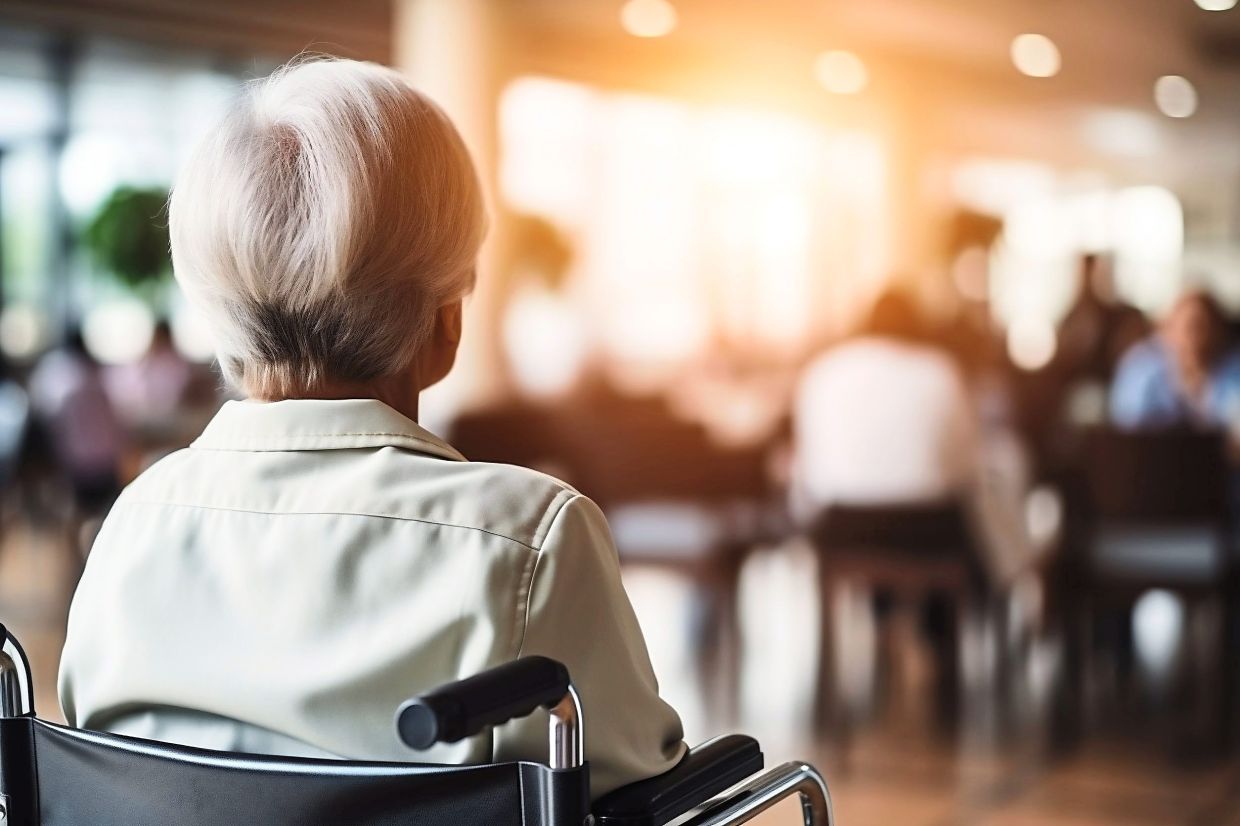Wheelchairs often become essential tools for those facing post-polio syndrome, highlighting ongoing challenges in their lives. Photos: 123rf.com
June Renner says she still dreams about running barefoot through the grass.
Renner, now 84, hasn’t run since October 1953, when she contracted polio as a high school freshman in the United States. She survived, and through grit and determination, learned to walk again with braces, and even drive a car using hand controls.
Renner married, got a job, and has never let polio hold her back. Even now, wheelchair-bound, the woman from Wickliffe, Ohio is fighting back by telling her story so that people who never knew polio will understand what she and others have had to endure.
A time before vaccines
Renner remembers first feeling ill after attending a Sunday afternoon bowling event with the St Louis Parish Catholic youth group in Cleveland Heights in Ohio over Columbus Day (a national holiday which observes the anniversary of Christopher Columbus’s arrival in the Americas) weekend.
She came home that night complaining of a terrible headache and went to bed. The next morning, she felt unsteady and had trouble getting to the bathroom. By that afternoon, she could no longer walk or move her arms. Within 24 hours, she was effectively paralysed from the neck down.
The family doctor made a home visit and a grim diagnosis: polio. At that time, hospitals were filled with children who had contracted the disease. In 1952 and 1953, the US suffered an enormous outbreak of polio – over 90,000 cases and 4,600 deaths were reported in the two-year span.
At first, it was decided that Renner would recover at home. She recalled receiving daily visits from her doctor and doing physical therapy with members of her family. However, five months later, when she was still languishing in bed, she was transferred to Rainbow Babies and Children’s hospital in South Euclid, Ohio for rehabilitation.
“That’s where they got me all stretched out,” Renner said, explaining that the months she had lain in bed left her back and leg muscles so tight she could hardly move.
“I couldn’t sit up at a 90° angle with my legs straight in front of me,” she said.
It was there at Rainbow Babies that Renner met other children with polio. Tutors came to the hospital to give lessons to the children with polio who were staying there, she said.
But perhaps the most important thing she learned was how to walk with braces and crutches.
It was the beginning of what Renner described as a new chapter in her life. There was life before polio, she said, and life after polio – where she started all over with a set of challenges she could never previously have imagined.
The following September, she would return home to Cleveland Heights, where she would continue to be home-schooled in her academic subjects and having outpatient physical therapy three times a week.
For the next year, she would continue learning to walk, climb stairs, and get “on and off the john,” she said. The goal was to make her as independent as possible.
Life after polio
After a year of therapy at home, she was told she was ready to go back to school. But the thought terrified her. Initially, she tried to convince her family to continue home-schooling her. “I was afraid of being with other people,” she said.
“I was so cloistered in my own little world, and I wasn’t going to be able to continue at the school I started at with my friends.”
Before polio, Renner had gone to Regina High School in South Euclid, but the Catholic school said it couldn’t accommodate her because it didn’t have an elevator she could use to reach classrooms on the second floor, she said.
Instead, she would attend Cleveland Heights High School, which did have an elevator. It required a key, “... and I’m the only one that had it,” she said, chuckling. The district also provided her with a driver to transport her to and from school.
“I walked across the stage to get my diploma.”
Perhaps the secret to her success was that she was fiercely independent but that nobody ever stood in her way. “If I wanted to do something, they just let me do it,” she said.
As if on cue, her husband, Bob, chimed in, “Can I say something?”
“Can I stop you?” his wife fired back, rolling her eyes a little.
Renner and Bob have been married for 61 years. They met in 1960 on her 21st birthday at a drive-in restaurant. Bob walked up with a birthday card and introduced himself.
Their first date was at Luccioni’s Italian restaurant on Euclid Avenue, Ohio.
It’s evident that they share the sort of simultaneous devotion and annoyance that comes with decades of sharing their lives. For years she packed him lunch. He still buys her flowers every week.
And he’s always supported her independence, such as by helping her get into driving classes and purchase a car with hand controls.
“My heart’s still in love with her,” he said, tears welling up in his eyes. “And we still fight,” they laughingly said, almost in unison, giving each other a knowing look.
A vaccine from Ohio
Although Jonas Salk is credited with the first polio vaccine, Albert Sabin developed the oral vaccine that became the predominant method of vaccination against polio in the US for the next three decades. Vaccine development took place at the University of Cincinnati in Ohio, and its early trials were carried out in Chillicothe, Ohio.
The liquid vaccine is taken by mouth in a sugar cube, and was far easier to administer than a shot. It was first offered in 1960, and it was this vaccine that both Renner and Bob received the morning after their wedding. Widespread vaccination stopped the spread of polio, and ultimately eradicated the disease in the US.Today, children receive a polio vaccine as part of their regular immunisations, and while there are occasionally cases of polio originating from people outside the country, there has not been a single known case of polio that originated in the US since 1979.
Post-polio syndrome
Until six years ago, Renner was still driving and living independently. However, she is now back in a wheelchair and has caregivers three days a week.
Like many polio survivors, she’s has developed something called post-polio syndrome; a phenomenon where the physical strength of patients who have previously recovered from polio begins to decline a decade or more after the initial infection.
The condition is not a recurrence of the virus, but the result of years of physical exhaustion and overuse.
At the time of original infection, the initial paralysis occurred because the polio virus caused the death of large numbers of nerve cells responsible for muscle movement. However, in patients who recovered, the remaining healthy nerves sprouted new branches and took over the function of those that had died.
It is thought that post-polio syndrome is the result of those nerve cells becoming fatigued, after being overburdened by many years of excessive use. In response, decades later, muscle strength and coordination begin to fail once more.
Although the loss of her independence has been a blow, the Renners are grateful that they have family, the resources for help, and a home that’s wheelchair accessible.
She may never be able to live her dream of running through the grass barefoot, but dreams, like people, can adapt. And adaptation is something Renner is good at. Her new dream, and that of her husband, is a van with a wheelchair ramp.
“It’s like water off a duck’s back with me,” she said. “I get past it.” – Tribune News Service
Embracing independence
Wheelchairs often become essential tools for those facing post-polio syndrome, highlighting ongoing challenges in their lives. Photos: 123rf.com
Polio is a contagious viral disease that primarily affects children, causing paralysis or death.
123rf.com
Vaccines have been instrumental in global efforts to eradicate polio.
- 123rf.com
Polio vaccine was ingeniously administered via sugar cubes, a sweet solution to a global health challenge.
- 123rf.com









